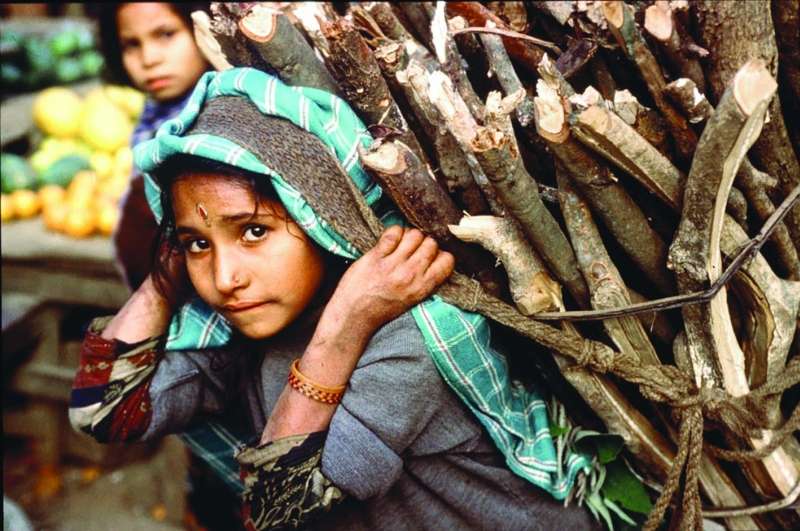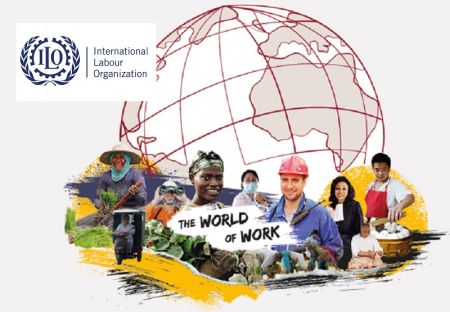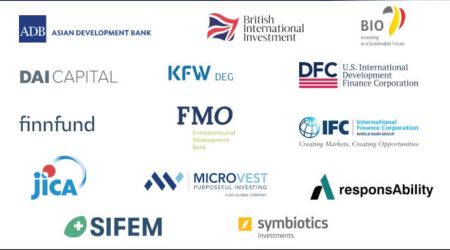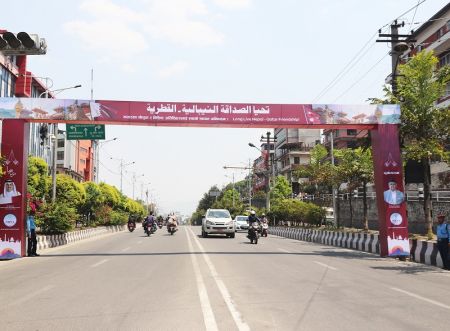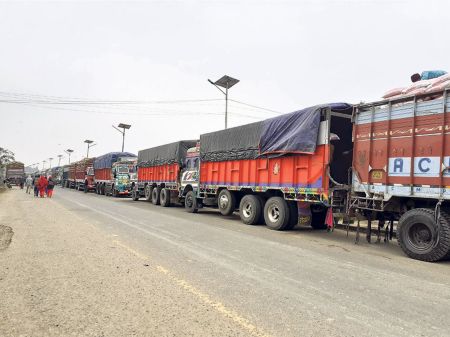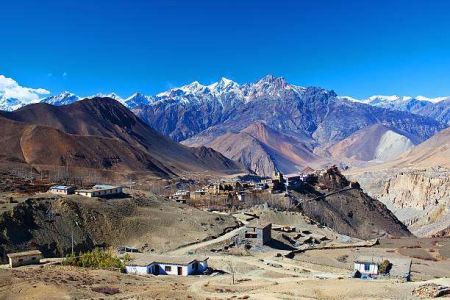Currently we are still at the triage stage of covid-19, where the countries are scampering to contain both its impact on health and economy.
--BY DIPESH KARKI
We are still going through the eye of storm known as Sars-CoV-2. Numerous economists, thinkers and opinion makers across the globe everyday are trying to figure out what would be the world order post covid-19. However, from the current vantage point of the crisis, these are all speculations. Despite this, one important thing that needs to be identified is whether the impact of the disease will be disproportionate across demography, gender and income levels.
Generally, it is considered that pandemics or epidemics in general are the great equalizer. The reason is of course viruses don’t discriminate and it finds every human body as equal opportunity irrespective of their income, wealth or demography. The best exhibit is of course both Prince of Wales and British prime minister being afflicted with the ailment. In past also there had been lots of documented cases where pandemics have affected those at the higher economic strata. For instance princess Joan, daughter of King Edward III, was victim of the Black Death plague that hit Europe in 1348-1349. In a letter to King Alfon so of Castille, King Edward has lamented by calling it “destructive Death (who seizes young and old alike, sparing no one and reducing rich and poor to the same level) “. However in the case of SARS-CoV-2 pandemic, one of the biggest puzzles that surfaces so far, is why are there more Covid-19 cases in rich countries than in the poor nations.
Apparent Covid -19 Paradox
The pair of graph below shows that the highest prevalence of Covid-19 cases is in highly developed countries with large GDP such as USA, Spain ,Italy, France and Germany. Meanwhile the countries with the lowest incidence of corona cases are in war-torn and poorest countries such as Yemen, Burundi, Mauritania and so forth.
A rough calculation shows presence of highly positive correlation of 0.85 between size of country’s GDP and number of corona cases. This implies that more affluent the country is more are the number of cases and vice-versa. This apparent paradox is very puzzling as the developed countries have better access to health care and all the necessary provisions while the poor countries with their overcrowded and shanty towns are the hotbeds for germs to flourish. This can be best explained by three theories:
i.Accessibility to Transportation: Because of globalization citizens of the developed countries have more ease and affordability to travel. This privilege was thus instrumental in spreading the virus from Wuhan to the rest of the world. In the meantime people living in poor countries like Yemen, don’t have such ease to commute across the borders and further very few foreigners travel to these countries in the first place making them more fortified from the pandemic.
ii.If you don’t test you won’t have positive cases:Basic epidemiological standard says that at least 1 percent of the population should be tested for screening of the virulent disease. So far developed countries have larger frequency of testing. Naturally more you test more cases are identified. Unfortunately owing to various reasons developing countries haven’t been able to increase their speed of testing. The major factors militating against the testing are less availability of test kits. And even those that are being used have high false negative thus resulting in downward bias of the number of positive cases. Even in Nepal though the pace has increased in recent times the number of tests done has reached around 35 thousand. This figure is inadequate considering the gravity of situation.
iii. Behind the Curve: The disease started from China and rapidly progressed through developed countries like Japan and Korea, followed by Europe and America. It only entered the poor countries in the later days. Since the transmission rate of disease is exponential, those countries that were ahead of curve have more reported number of cases than those behind the curve.
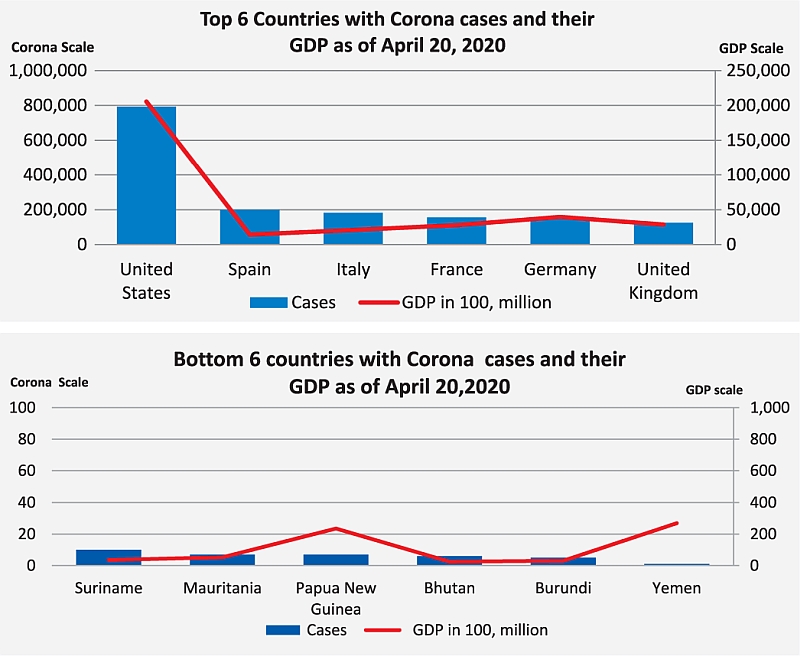
Will this Paradox remain for long?
The answer is of course no. As Nobel Laureate Angus Deaton has explained,in the beginning most of the new diseases act as an equalizer as it is poorly understood at the early stages of their discovery. However as the drug the rapeutics is developed, the rich segment in the society will benefit first and will trickle down to the general population only in very later stages. Also the economic burden of the downturn as a result of the disease will slowly shift from the developed countries towards the developing countries.
One thing is for sure the covid-19 pandemic will certainly bring a sea change in the businesses that are labor intensive. For instance most of the businesses in developed countries will start to automate their manufacturing processes because having to hire labor comes with baggage such as putting up with their demand for wages, health insurance and likelihood of transmission of disease. Since they can afford automation which has increasing marginal return they will further substitute labor with machines. As a result labour demand will be reduced causing more job losses in the days to come and subsequently widening the gulf in income inequality. Even in the service sector most of the clerical work will be automated and hence the low paying jobs will be eradicated further exacerbating inequality.
This is the worst scenario for a country like Nepal that is largely dependent on the remittance income from the migrant labors. Especially with oil prices at their lowest in 18 years because of covid-19 and surplus supply thanks to fracking technologies, Gulf countries, where the majority of Nepali labour travel to, will eventually begin to repatriate its labourers. As a result Nepal will face the double brunt of reduced remittance income and the nightmare of managing the returning migrants. Further with hospitality industry badly hit, more job losses will occur in the tourism sector and also in other sectors like agriculture and transport that has backward and forward linkage with it. Overall in the upcoming year, the gini coefficient, the measure of inequality, of Nepal, which is currently at 0.39, is likely rise above 0.5 level.
Conclusion
Currently we are still at the triage stage of covid-19, where the countries are scampering to contain both its impact on health and economy. However now it is the time to think about treatment stages and what can be done to avoid economic collapse, so that the subsequent recovery stage won’t be long and painful. Undoubtedly, once the storm is cleared, inequality will rise in the post-covid world across the board and especially impact poor nations like ours. Therefore a perspicacious plan to tackle the situation is prerequisite; otherwise this will sow the seed for future discontentment and revolt.
Karki is Assistant Professor of Economics at Kathmandu University School of Management.


